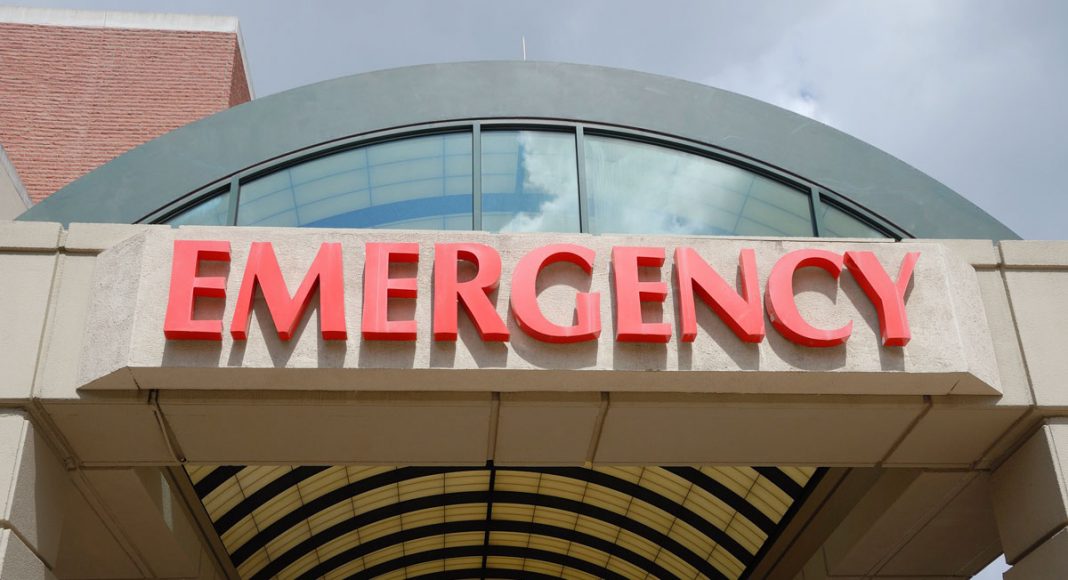The Washington Poison Center released a report last week that, at first glance, sounded alarming: Marijuana-related emergency calls in the state are on the rise.
According to the report, there were 286 emergency calls to the center, related to cannabis. In 2015, the number was 265.
A look behind the numbers revealed an interesting story: The one-year jump can be attributed to those in the 20-29 age group. The number of teens seeking emergency treatment dropped.
“For me, what was surprising was to see the changing demographics,” Dr. Alexander Garrard, the Clinical Managing Director at the Washington Poison Center, told KOMO News.
“Millennials of today, especially here in Seattle, it’s a high-tech industry, there is a lot of stress involved and they be using some of those products to help alleviate stress after work,” said Dr. Garrard. “So just that’s one thought maybe about why we might be seeing it in this demographic.”
According to the report, 28 percent (or 73 incidents) involved marijuana-infused edibles. Another 16 percent (40 incidents) were calls reporting problems with concentrates or dabbing.
“Where we see the most serious clinical effects are with the hash oil products with the concentrates. … Dabbing is a very popular way to use it these days,” said Dr. Garrard.
Indeed, the use of concentrates is increasing and for many twentysomethings dabbing is becoming the go-to method for ingesting marijuana.
In Colorado, marijuana-related emergency room visits are down, according to a study released this year by the Retail Marijuana Public Health Advisory Committee. The oversight committee reported that overall use of cannabis remains unchanged, demonstrating that perhaps educational efforts are effective.
According to the report, the overall rate of emergency department visits with marijuana-related billing codes dropped 27 percent from 2014 to 2015 (2016 data is not available yet).
“I think that speaks to a learning effect,” said Mike Van Dyke, chief of Colorado’s Environmental Epidemiology, Occupational Health and Toxicology branch. “The public is really learning the message, if not from us, from their own experience.”
To be it in perspective, visits to the ER for alcohol intoxication in the U.S. have increased by more than 50 percent over the past decade, according to a 2016 report. From 2010 to 2011, there were 3.8 million ER visits related to alcohol intoxication. That’s up from about 2.4 million visits in the years 2001 to 2002, the study found.
[gravityform id=”13″ title=”false” description=”true”]


